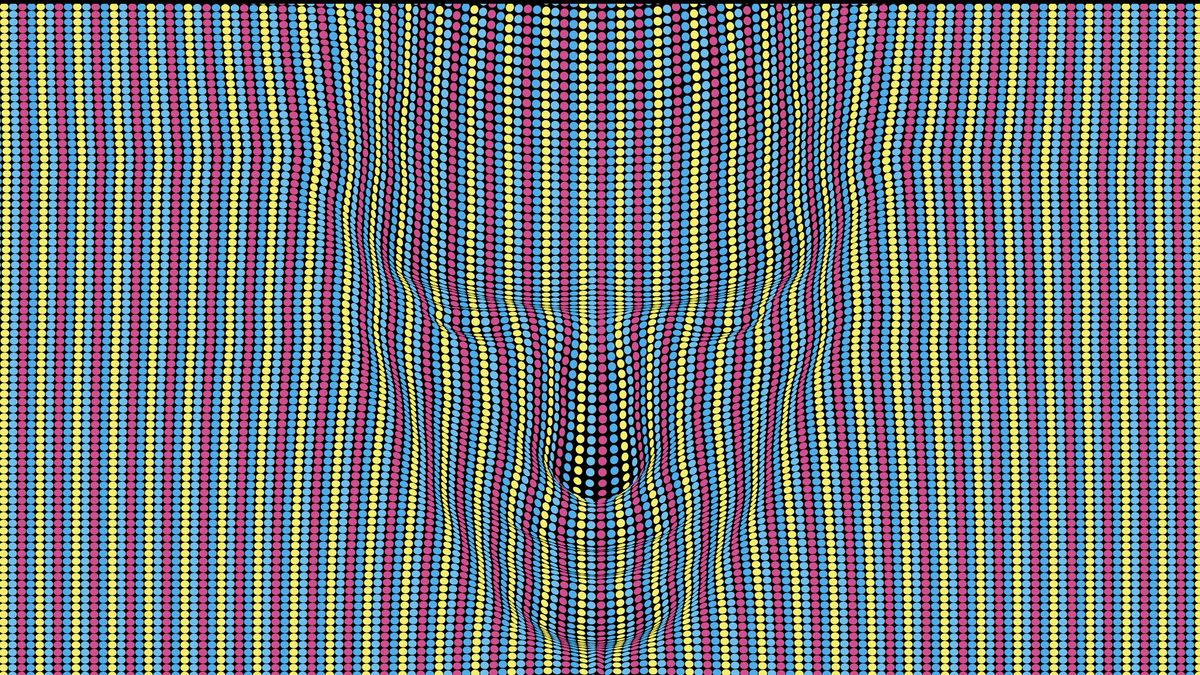How Scientists Have Already Cracked AI Watermarking
Watermarking, a tool that big tech companies are betting on to combat disinformation online, has already been undermined even before its widespread use. Companies like OpenAI, Amazon, and Google have proposed watermarking as a way to separate fact from fiction in the era of AI’s rapid advancement.
However, there are currently no foolproof or reliable approaches to watermarking. Professors at the University of Maryland have already discovered a method to break all existing watermarking methods, as reported by TechXplore.
The researchers used a technique called diffusion purification to eliminate a watermark completely, without significantly affecting the underlying image. This breakthrough has significant implications as AI-generated content continues to rise, especially in certain industries. It is crucial to have tools and strategies that can distinguish genuine content from machine-generated content.
Watermarking has been considered a promising approach in this regard. The idea is to hide a signal within a text or image to determine if it is AI-generated. By running the content through a tool, one can determine whether it is real or fake, thus avoiding the spread of misinformation. However, the attack method known as diffusion purification has already proven effective in nullifying existing watermarks.
According to the paper published on September 29, “designing a robust watermark is a challenging, but not necessarily impossible task.” The paper suggests that an effective method should have attributes such as significant watermark perturbation, resistance to naive classification, and resilience to noise from other watermarked images.
The development of robust watermarking methods is essential for ensuring the authenticity of content in an increasingly AI-driven world. It remains to be seen how researchers and technologists will address this issue and develop more secure watermarking techniques.
Source: TechRadar Pro




